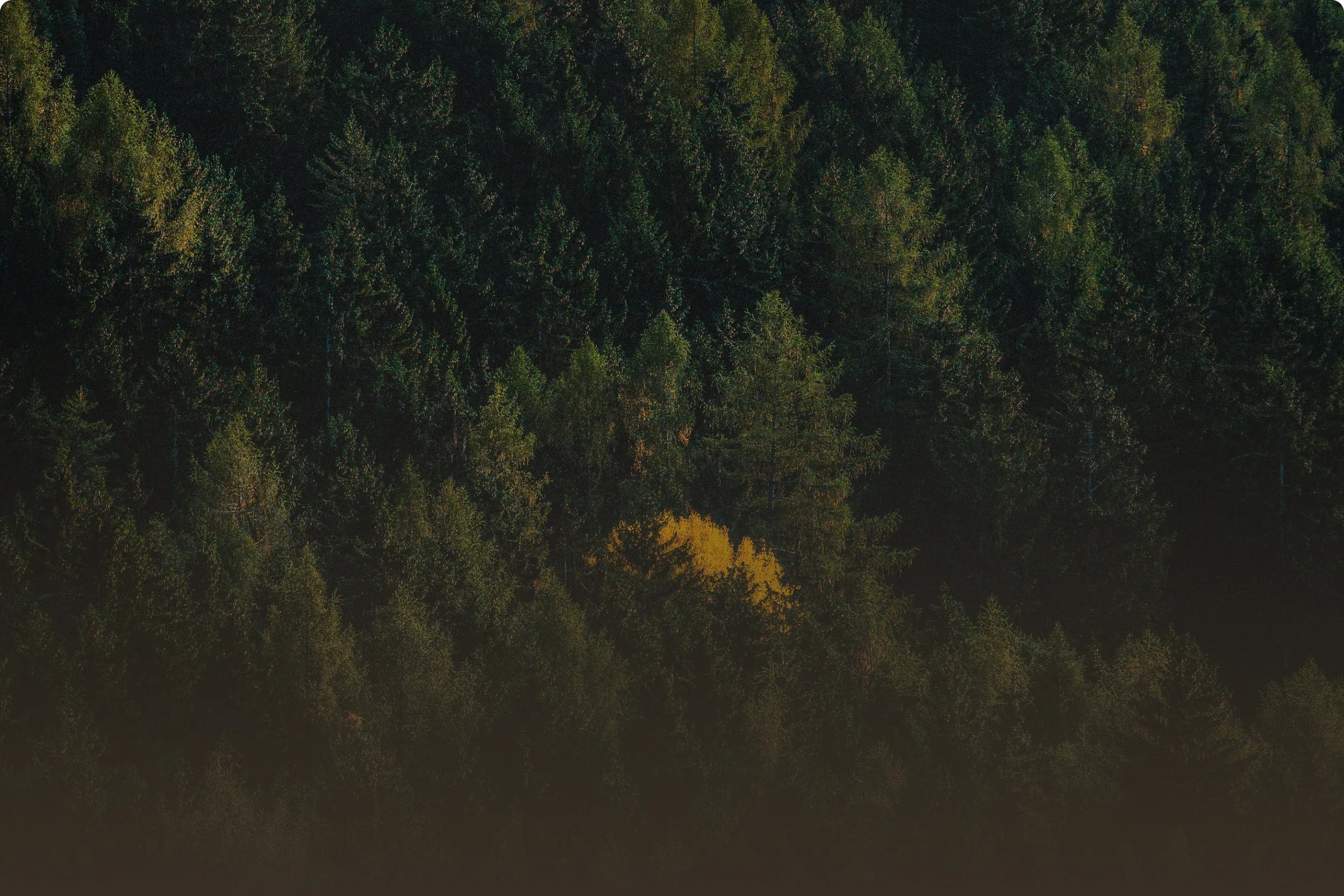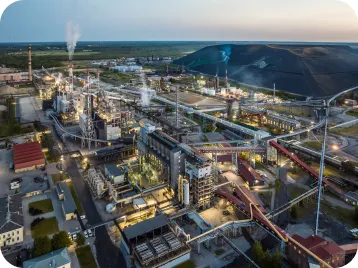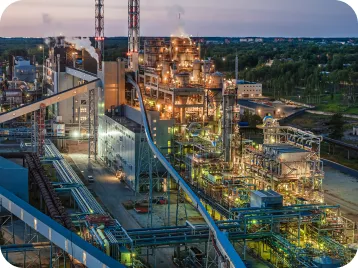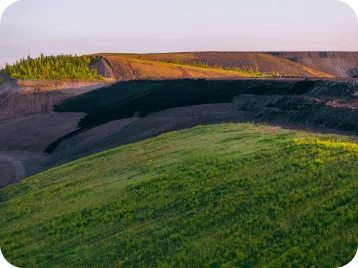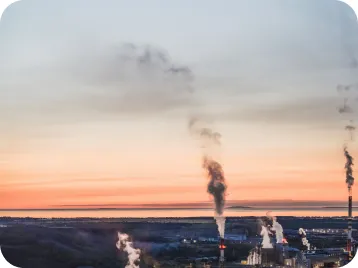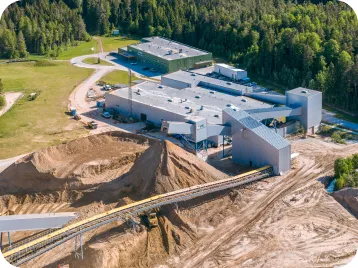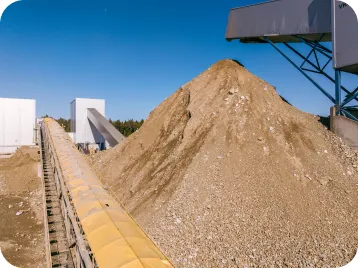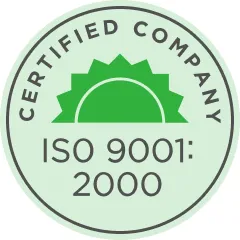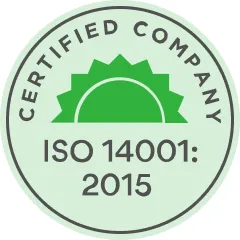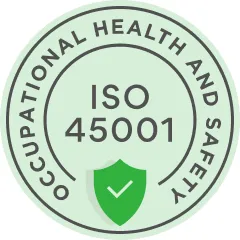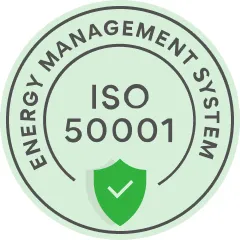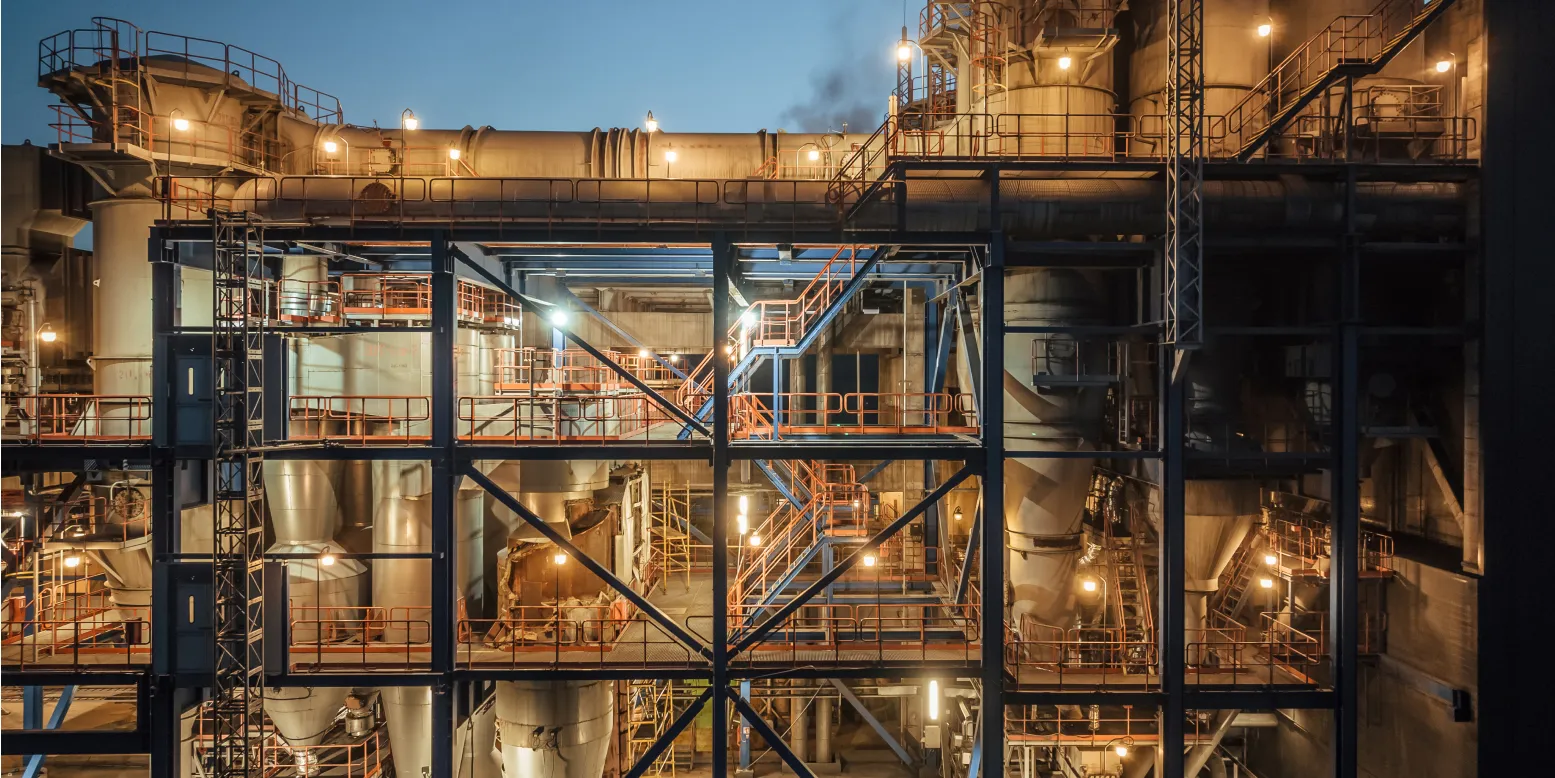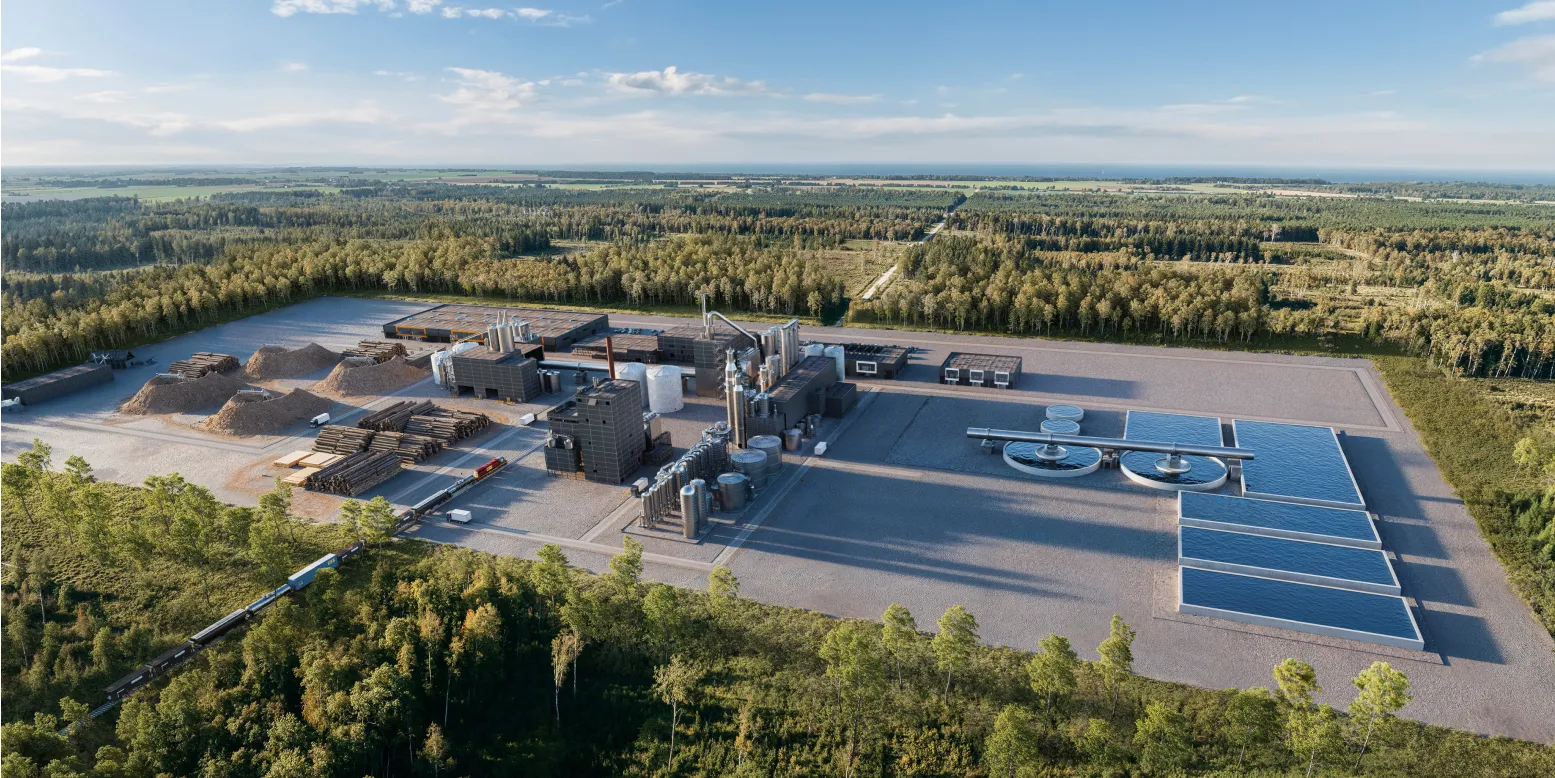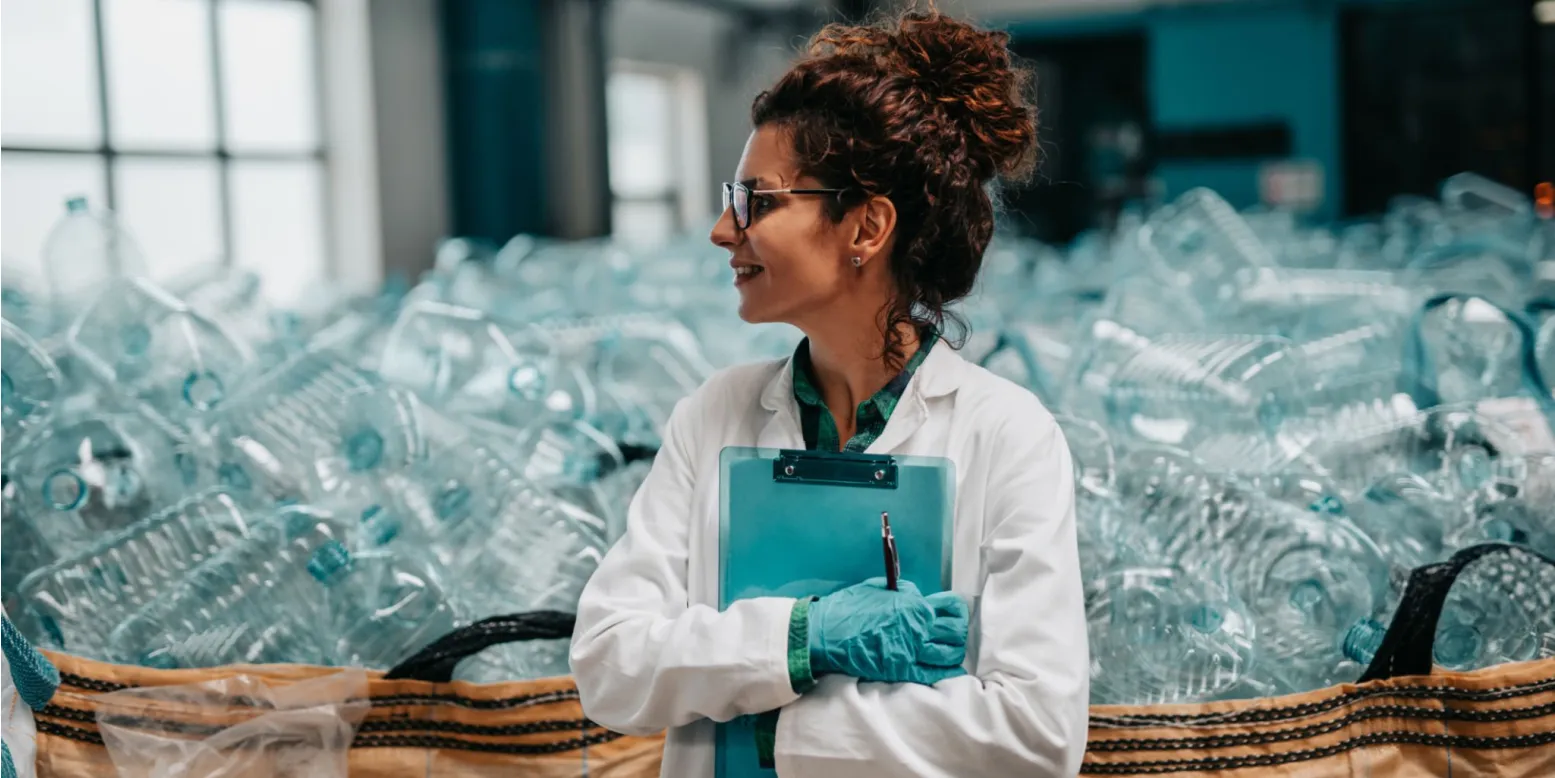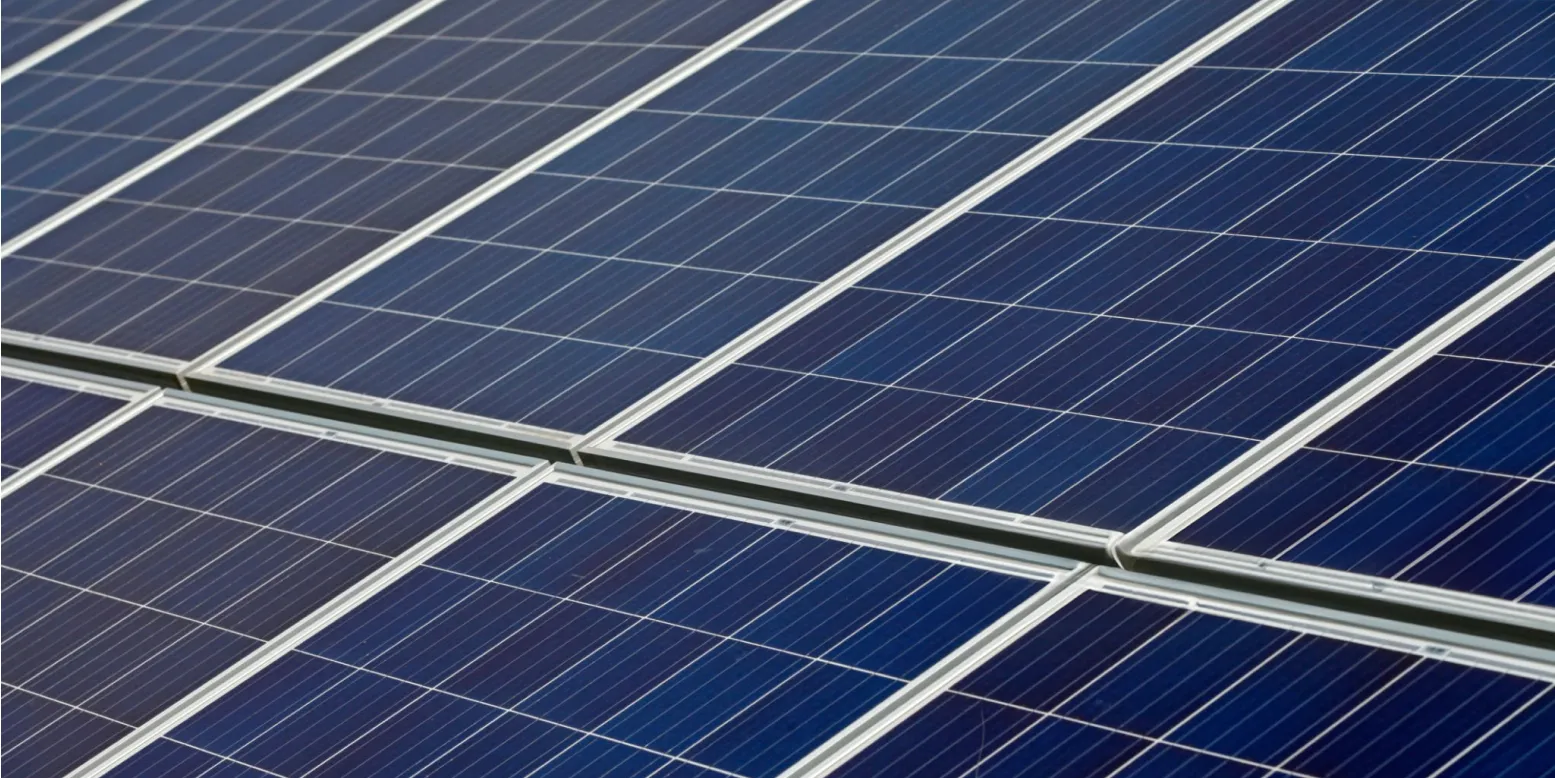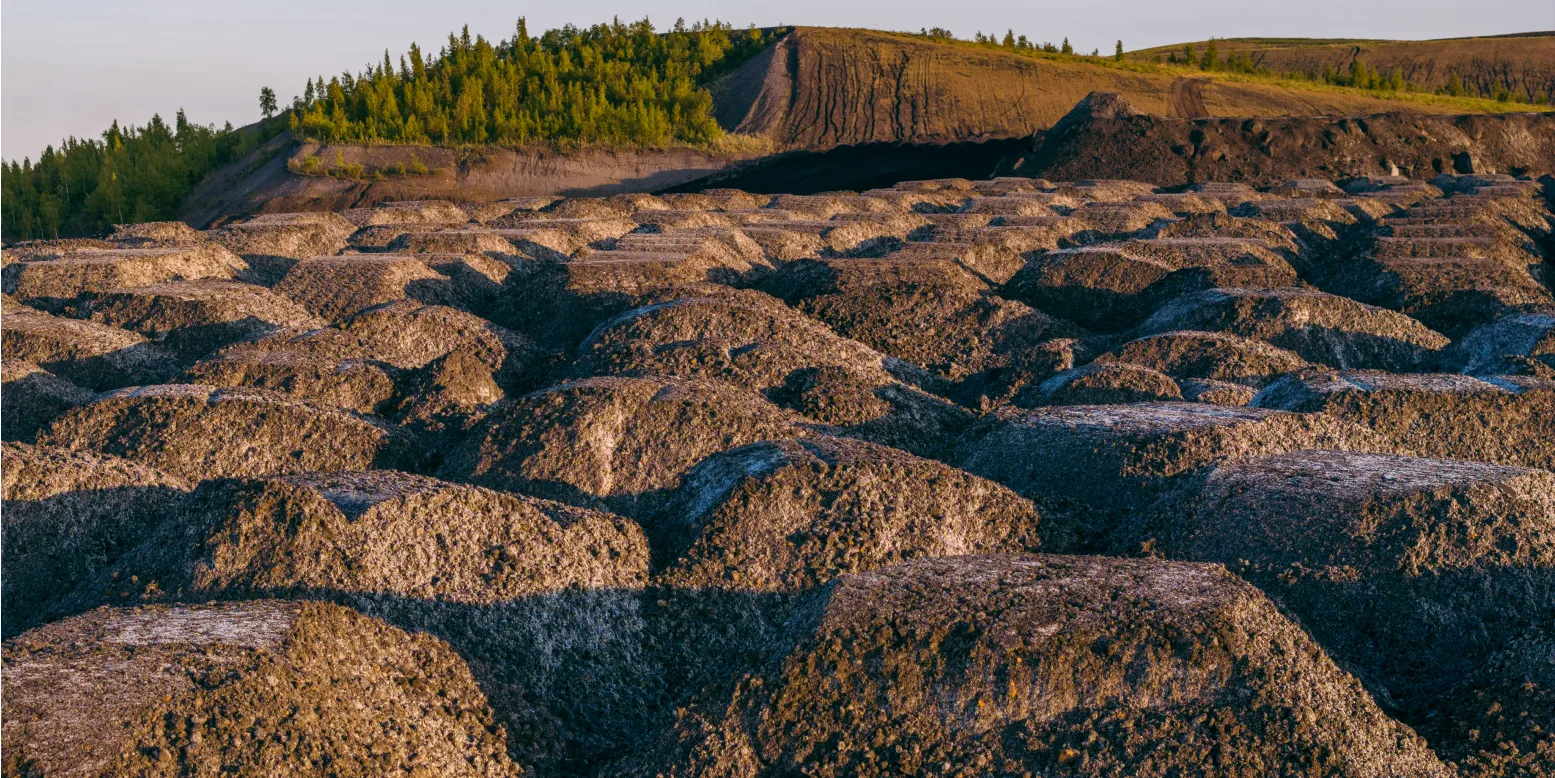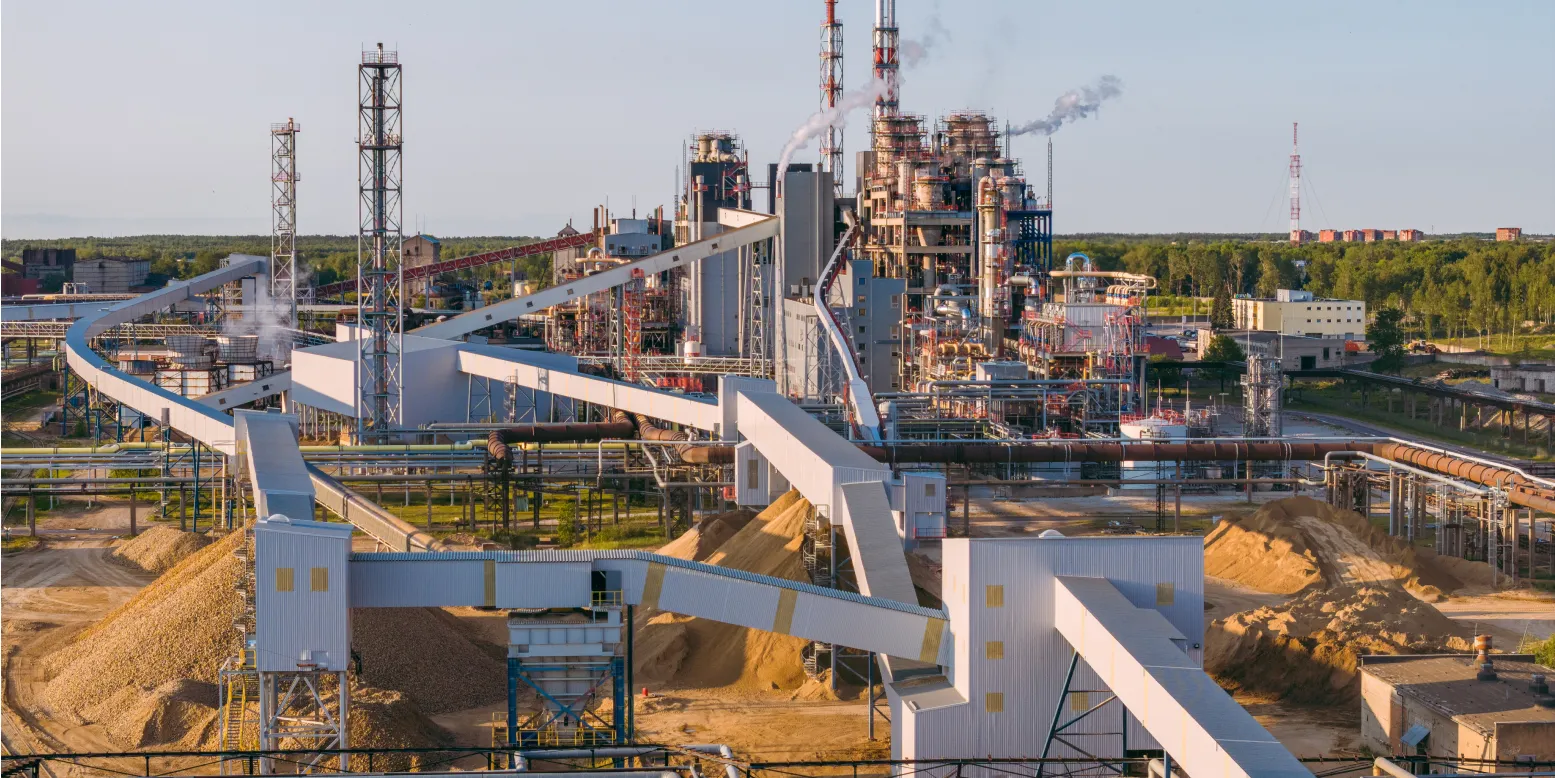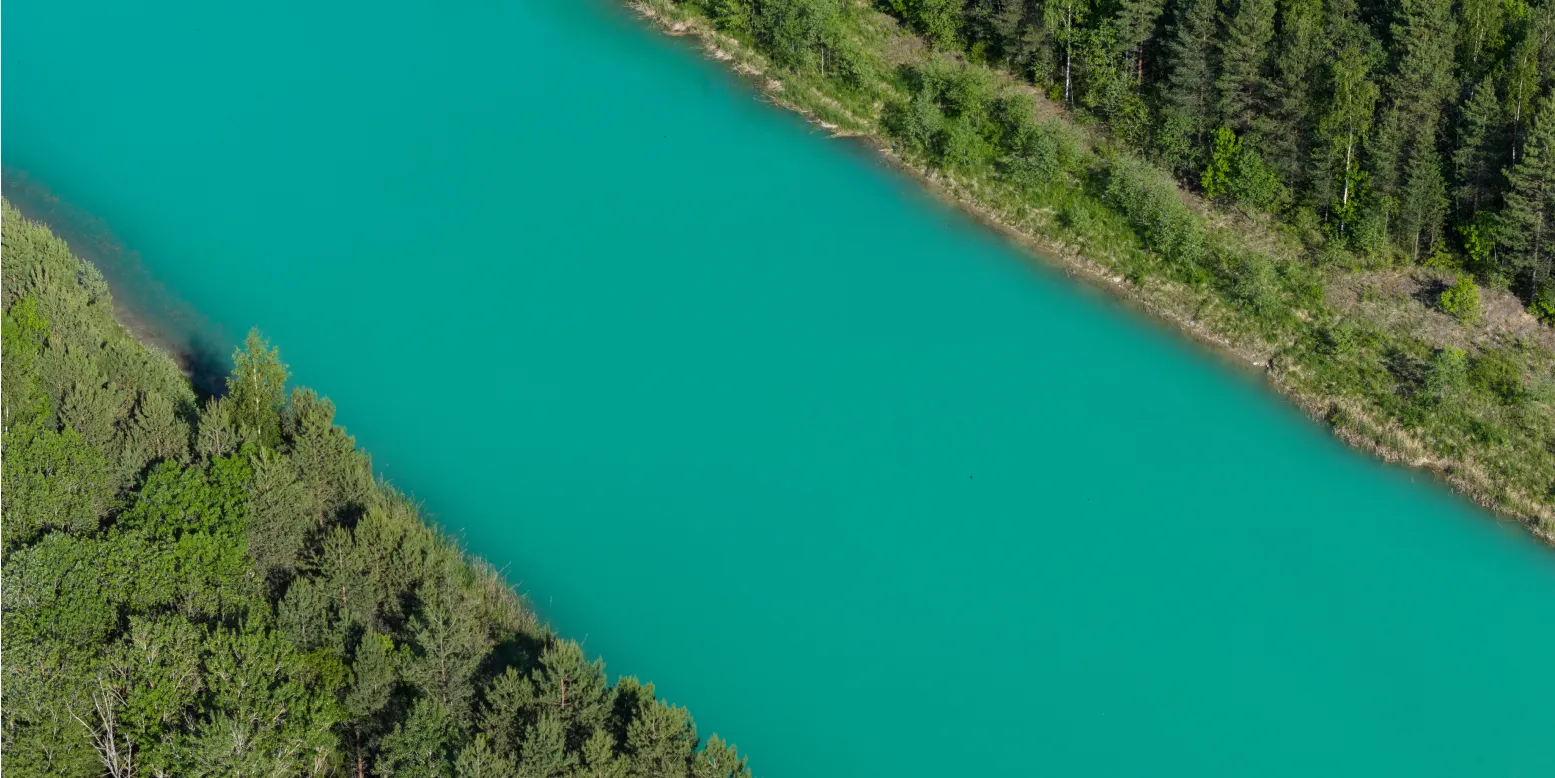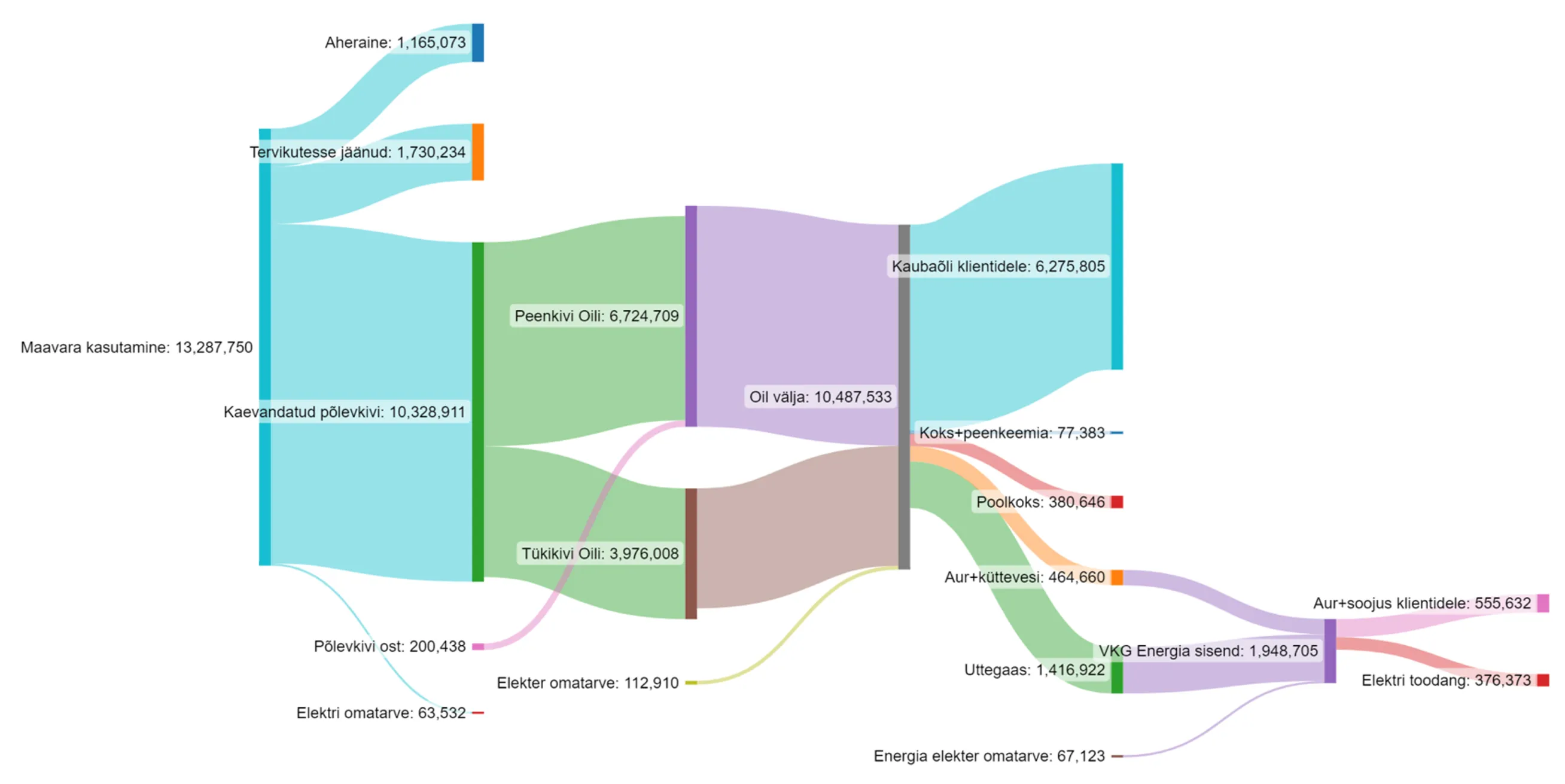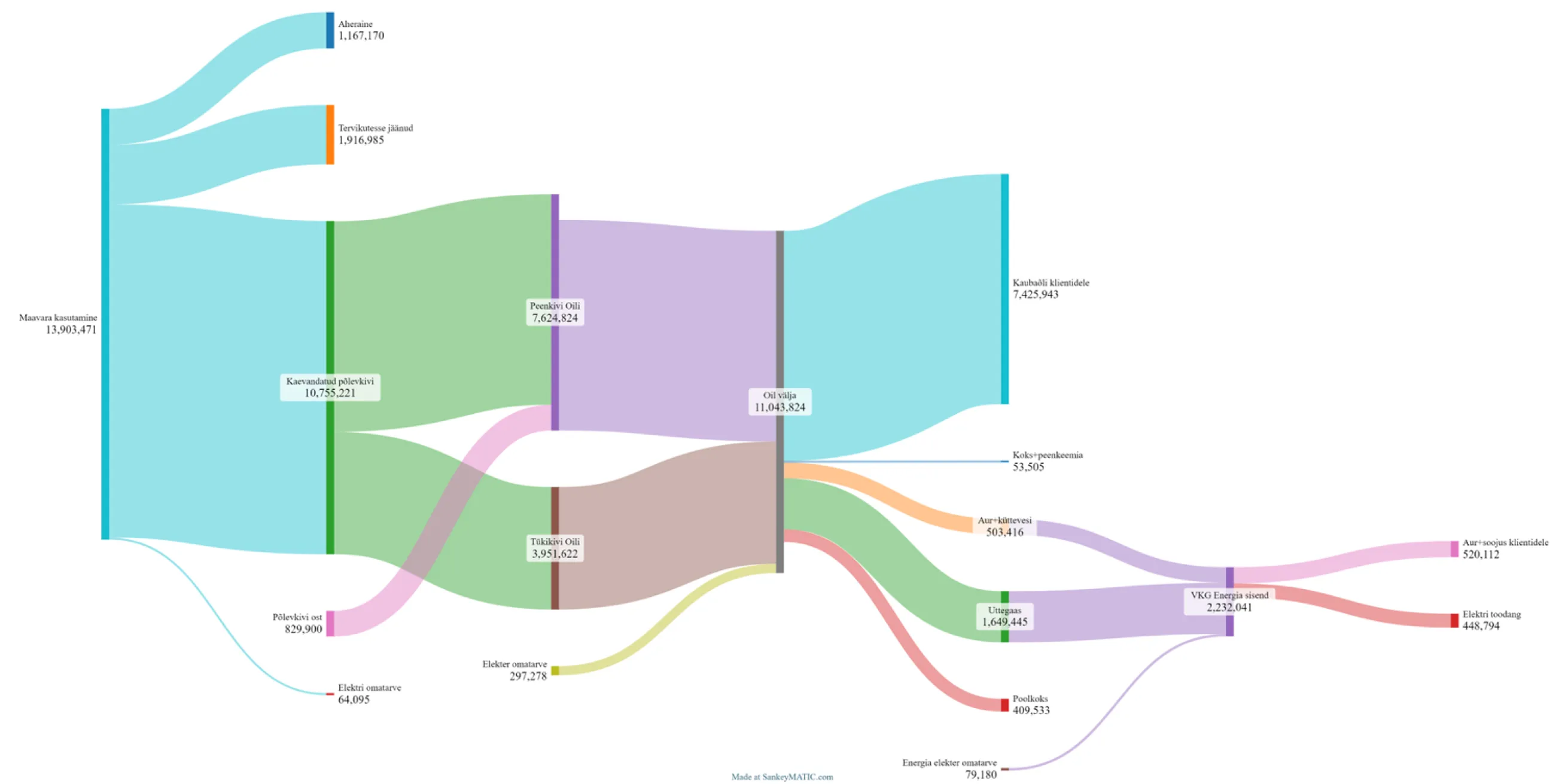The Group paid the state 35.8 million euros in environmental charges in 2022, and 25.1 million euros in 2023. The charges paid increased in 2022 and decreased in 2023 significantly on account of the resource charge paid for the extraction of oil shale.
Pursuant to regulation “The rates for state-owned mineral resource extraction charge” adopted by the Government of the Republic on 7 July 2016, the oil shale extraction charge is determined for every three-month period (reporting quarter) on the basis of the average world market price of 1% sulphur content heavy fuel oil applicable during that period. The world market price of the said fuel oil rose to record high levels in 2022 in connection with the Russian-Ukrainian war and the changed economic situation and had an equivalent effect on the resource charged payable for the extraction of oil shale. In 2023, the world market prices of heavy fuel oil were lower, which in turn reduced the oil shale extraction charge.
